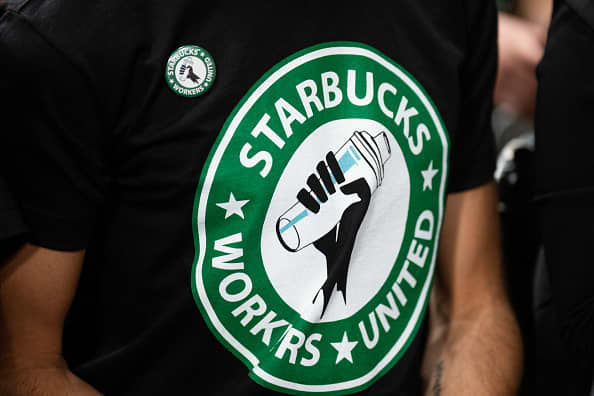The Feb. 17 transition from analog to digital television broadcasts looms and as many as 8 million households are still unprepared, but the government program that subsidizes crucial TV converter boxes is about to run out of money.
People who still rely on analog TV sets to pick up over-the-air signals — whether it is through rabbit-ear aerials on TVs or antennas on the roof — will see their screens go dark when the changeover happens. To avoid that, those people have to switch to cable or satellite TV, buy a television set with a digital tuner or buy a converter box that can translate digital signals from the airwaves into analog.
To subsidize the converter boxes, most of which cost between $40 and $80 and can be purchased without coupons, the government has been letting consumers request up to two $40 coupons per home. But any day now, the National Telecommunications and Information Administration (NTIA), the arm of the Commerce Department in charge of administering the coupon program, expects to hit a $1.34 billion funding ceiling set by Congress.
Now the NTIA is warning that unless lawmakers step in quickly with more funding or new accounting rules, it will have to create a waiting list for coupon requests. That would mean it could send out additional coupons only as unredeemed ones expire, freeing up more money for the program.
In other words, if Congress doesn't act soon, consumers who apply for coupons in the final weeks leading up to the digital transition might not get them in time.
"If the government invests in just a few million TV converter boxes, which is a drop in the bucket of the enormous amount of money being spent on the stimulus package, it would do more good to keep all households connected," said Gene Kimmelman, vice president for federal policy at Consumers Union.
Under the rules set by Congress, which mandated the digital TV switch to free up more room in the wireless spectrum, the NTIA cannot commit more than $1.34 billion at any time to cover the cost of the coupons. That pool includes coupons that have already been redeemed; unexpired coupons that have been mailed out but not yet redeemed; and coupons that have been requested but not yet mailed out.
U.S. & World
The day's top national and international news.
The NTIA estimates the funding cap, which excludes administrative expenses, is enough to cover 51.5 million coupons through March 31, which is the last day consumers can request them.
But consumers had already requested 44.9 million coupons as of Wednesday, including 18 million that had been redeemed and 10.8 million that were in circulation but yet to be cashed in. That leaves just $68.2 million for additional coupons.
Coupon requests have ticked up sharply over the past two months as the NTIA, along with the Federal Communications Commission, TV broadcasters, cable operators and consumer electronics makers have ramped up efforts to educate people about the upcoming transition. The NTIA received 184,000 coupons requests on Thursday alone.
If demand remains at or near current levels, the program would hit 51.5 million coupons by late January — and ultimately, roughly 60 million coupons would be requested by March 31, NTIA head Meredith Baker said in a recent letter to Rep. Edward Markey, D-Mass.
Markey, who chairs the House Energy and Commerce Subcommittee on Telecommunications and the Internet, has said Congress may need to allocate additional funding for the converter box coupon program.
At this point, Congress has two options: it could raise the $1.34 billion cap by waiving the accounting rules that require the NTIA to wait for unredeemed coupons to expire before issuing new ones. The NTIA estimates it could distribute up to 56.5 million coupons if those rules are waived.
Or Congress could approve more money for the program. The NTIA estimates it could distribute up to 56.5 million coupons with an additional $250 million in funding, or up to 60 million coupons with another $330 million in funding.
TV industry analysts at Nielsen Co. estimate that as of December, 6.8 percent of the 114 million U.S. households with televisions remained completely unready for the digital transition. Another 10 percent still had at least one television set that was not yet ready.
Unprepared households will lose all channels except for low-powered stations, which will still be allowed to transmit in analog temporarily.



